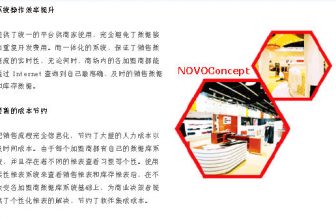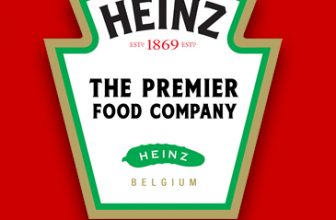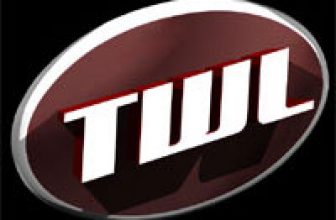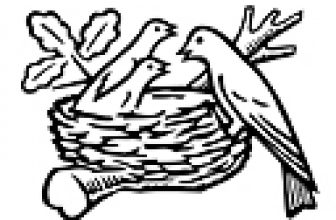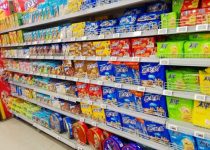
RFID shelf life indicator allows goods to have their own language!
[ad_1]
The RFID shelf life indicator is composed of an RFID reader and RFID particles. RFID technology, as a fast, real-time, and accurate collection and processing of high-tech information, can be widely used in various industries such as production, retail, logistics, and transportation through the only effective mark of physical objects.[7]. The advantages of RFID shelf life indicator are:
(1) It does not need to be optically visible and non-contact to complete the identification work. In cold chain logistics, a large amount of food needs to be identified, and the use of RFID technology solves the shortcomings of bar code technology such as slow identification speed and complex identification operations, and improves efficiency.
(2) No manual intervention is required during work, and it is not easy to be damaged, which reduces the probability of errors due to human causes. Because the bar code recognition operation is easy to wear and tear, the food quality cannot be effectively identified, and the RFID shelf life indicator does not require manual intervention on the food, and the quality of the food can be grasped by reading the data of the particles.
(3) It can recognize moving objects from a long distance, which improves the processing speed of traditional goods when sorting and registering information. The RFID shelf life indicator does not require manual operation to read food environment and quality information at close range. Through radio frequency technology, communication can be completed at a long distance, which improves the speed of registering food quality information.
(4) Able to monitor, evaluate and predict food in real time. Traditional technology cannot monitor, evaluate and predict the quality of food in real time according to changes in the current environment, which makes the quality of food in the cold chain logistics process cannot be reflected in real time, while the RFID shelf life indicator collects some quality information of the food , Can monitor the quality of food in real time.

RFID shelf life indicator needs to solve the problem
In the process of refrigerated transportation, the radio frequency device operates in a typical industry environment: first, the device works in harsh environments such as low temperature, humidity, mechanical vibration, shock, and large-scale metal interference, electromagnetic interference; secondly, the radio frequency device requires a long identification distance. It can achieve multi-target rapid identification; finally, it must have the characteristics of low power consumption, large storage capacity, and long service life. Therefore, higher requirements are put forward on the performance of RFID shelf life indicators, which are mainly manifested in:
(1) It should have low power consumption characteristics. In the cold chain logistics process, the RFID shelf life indicator needs to monitor the quality of food for a long time and in real time, and consumes a lot of energy. It is mainly powered by battery, and the battery capacity is limited, so it cannot be unlimited power supply. Therefore, this puts forward higher requirements on the power consumption of the particles.
(2) It should have anti-interference ability and confidentiality of data communication. During food transportation, because external signals will interfere with the communication between the RFID reader and RFID particles, this requires the RFID shelf life indicator to have strong anti-interference energy and data communication confidentiality.
(3) The system is required to have high stability and reliability. The RFID shelf life indicator needs to have strong stability and reliability in order to achieve the goal of real-time food monitoring.
(4) It can identify multiple mobile RFID particles. In the food source, transfer station, and destination, RFID readers need to read multiple moving RFID particles. During the reading process, due to the continuous collision of information and the movement of smart RFID particles, the problem of RFID particles being missed will occur. And power consumption issues.
In order to realize that the RFID shelf life indicator can be better used in food cold chain logistics, it is necessary to study the power consumption of the RFID shelf life indicator and the anti-collision problems of multiple mobile RFID particles. The thesis needs to conduct research in the following aspects:
(1) Need to propose a time series power management algorithm
Cold chain logistics has strong industry specificity. RFID shelf life indicator needs to monitor the food storage environment and quality information in real time during this process, and needs to calculate and store the data, which consumes a lot of energy. The existing power management technology generally integrates the previous state to predict the future working state, and cannot be effectively applied to cold chain logistics. This paper proposes a time-series power management algorithm, which manages smart RFID particles according to the divided operating modes, and optimizes the balance between the power consumption and performance of the particles.
(2) It is necessary to propose an intelligent adaptive frame slot ALOHA anti-collision algorithm
Traditional anti-collision algorithms are generally designed for stationary transponders and readers. In the cold chain logistics process, smart RFID readers need to read multiple moving smart RFID particles. In response to this situation, the paper analyzes the three situations of RFID shelf life indicator in radio frequency communication in the cold chain logistics environment, and summarizes the common problems of these three situations: some particles will leave the stable communication range; and some The new particles will enter the stable communication range. To solve this problem, there are three technical difficulties that need to be solved. The paper proposes an intelligent adaptive frame time slot ALOHA anti-collision algorithm based on the estimation of the number of smart RFID particles. The design idea of the algorithm is mainly to reduce the information between multiple moving particles. Collision, and reduce the radio frequency communication time of the particles, so as to achieve the goal of reducing power consumption.
(3) Need to design a low-power RFID shelf life indicator
Based on the research of the above two technologies, a low-power RFID shelf life indicator is designed.
The accelerated development of RFID technology promotes the large-scale application of smart retail: With the wide application of RFID technology and its fast reading and writing speed and high accuracy, it will shine in the scanning of goods.
[ad_2]



